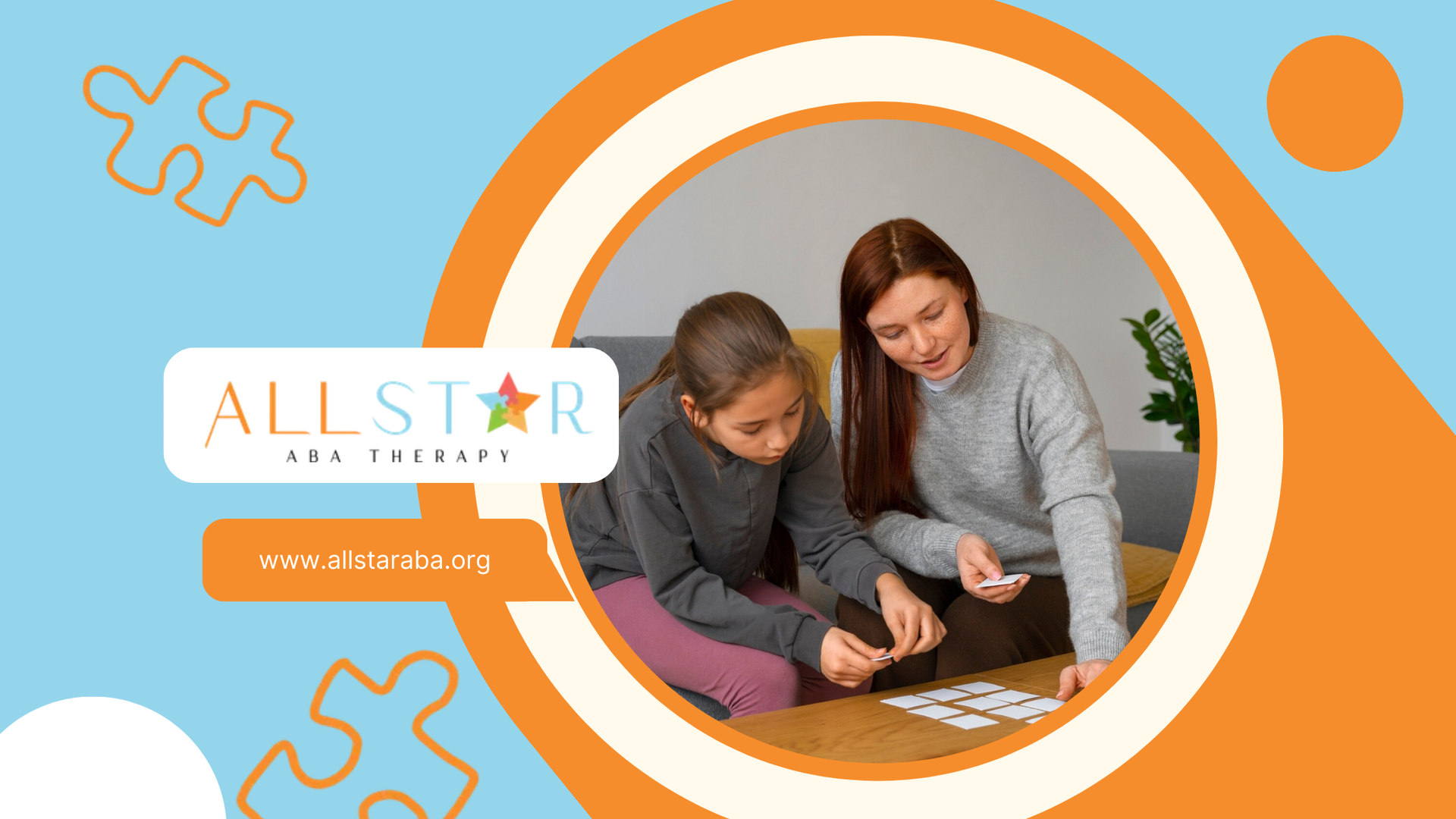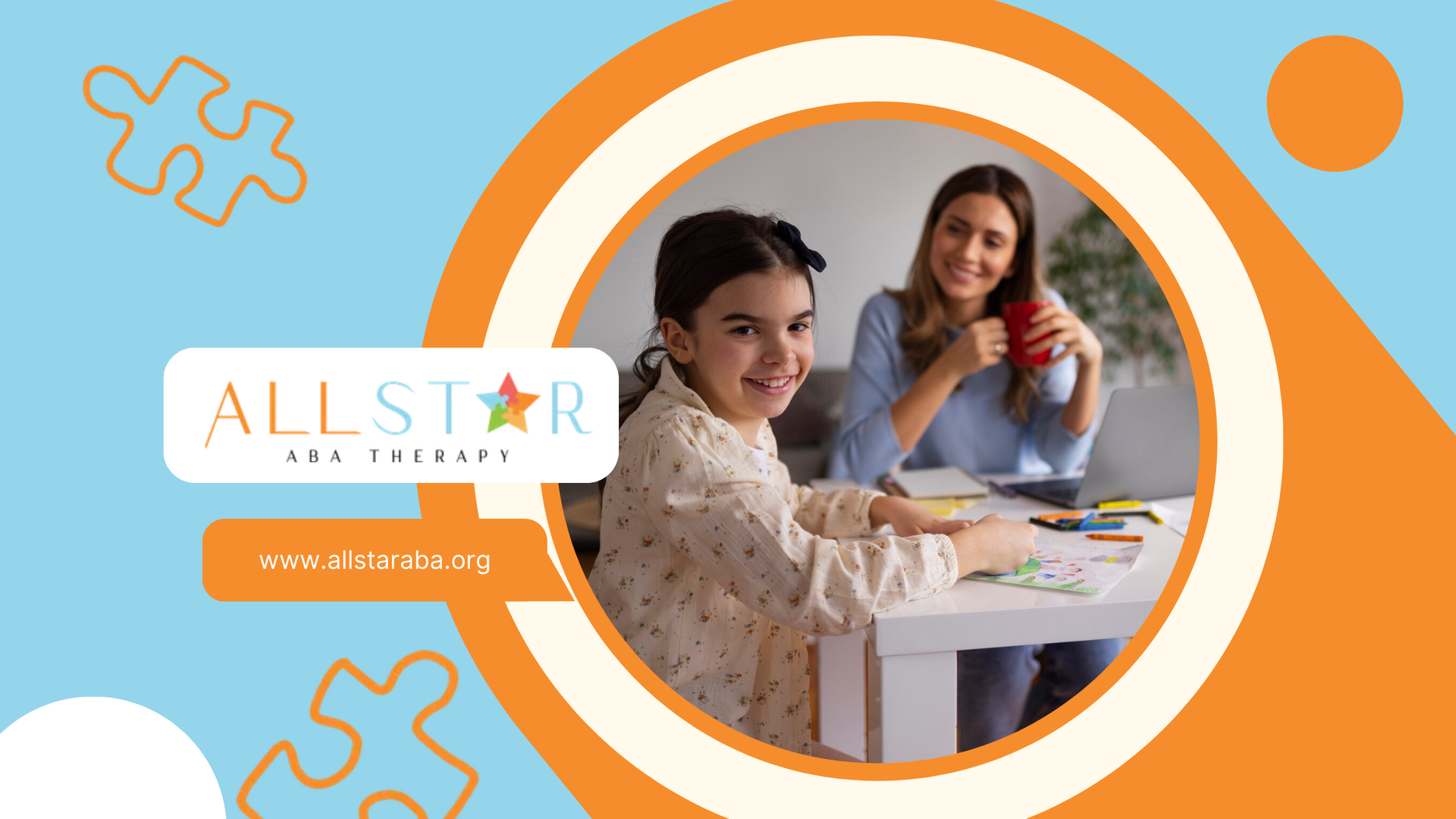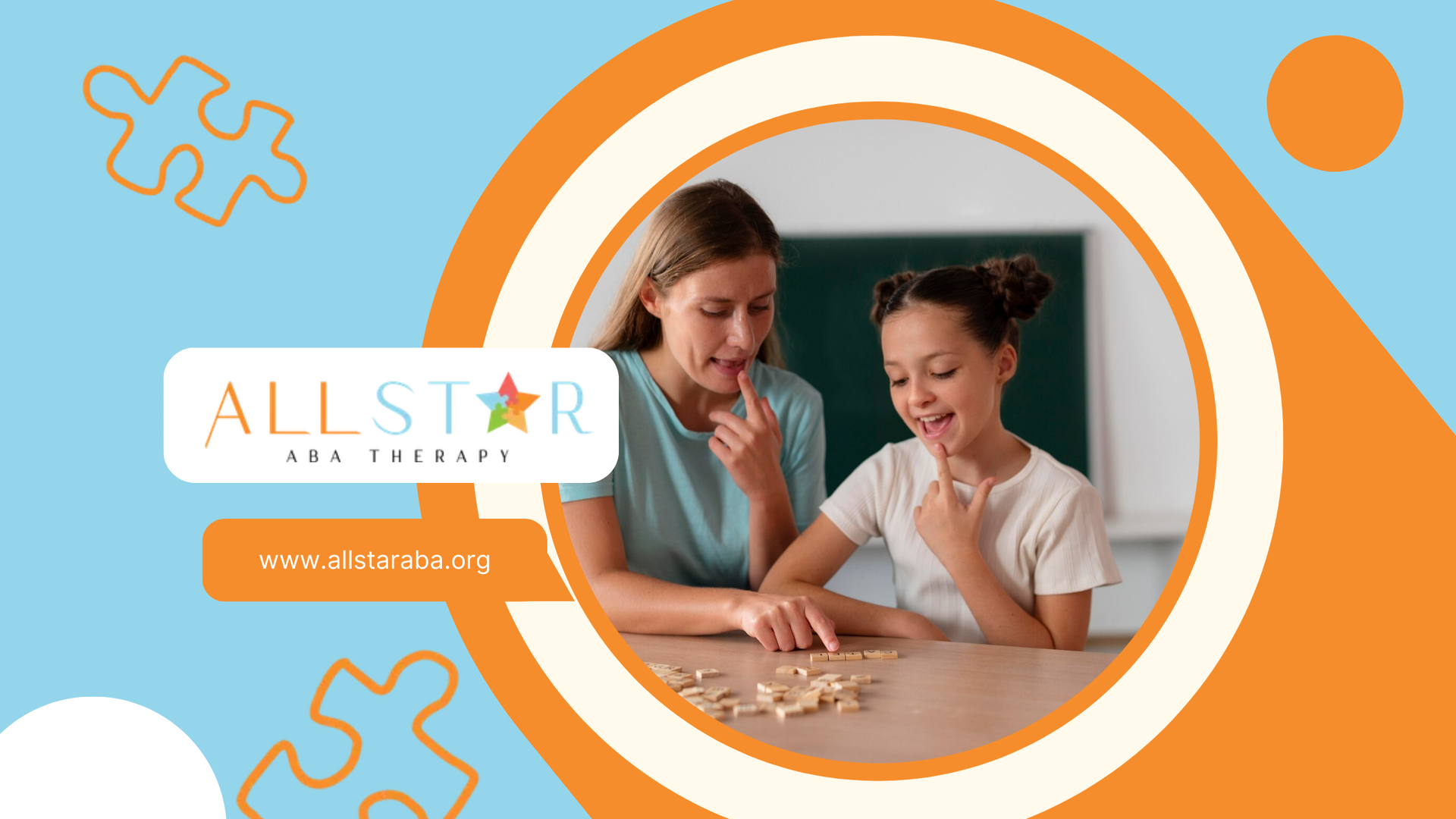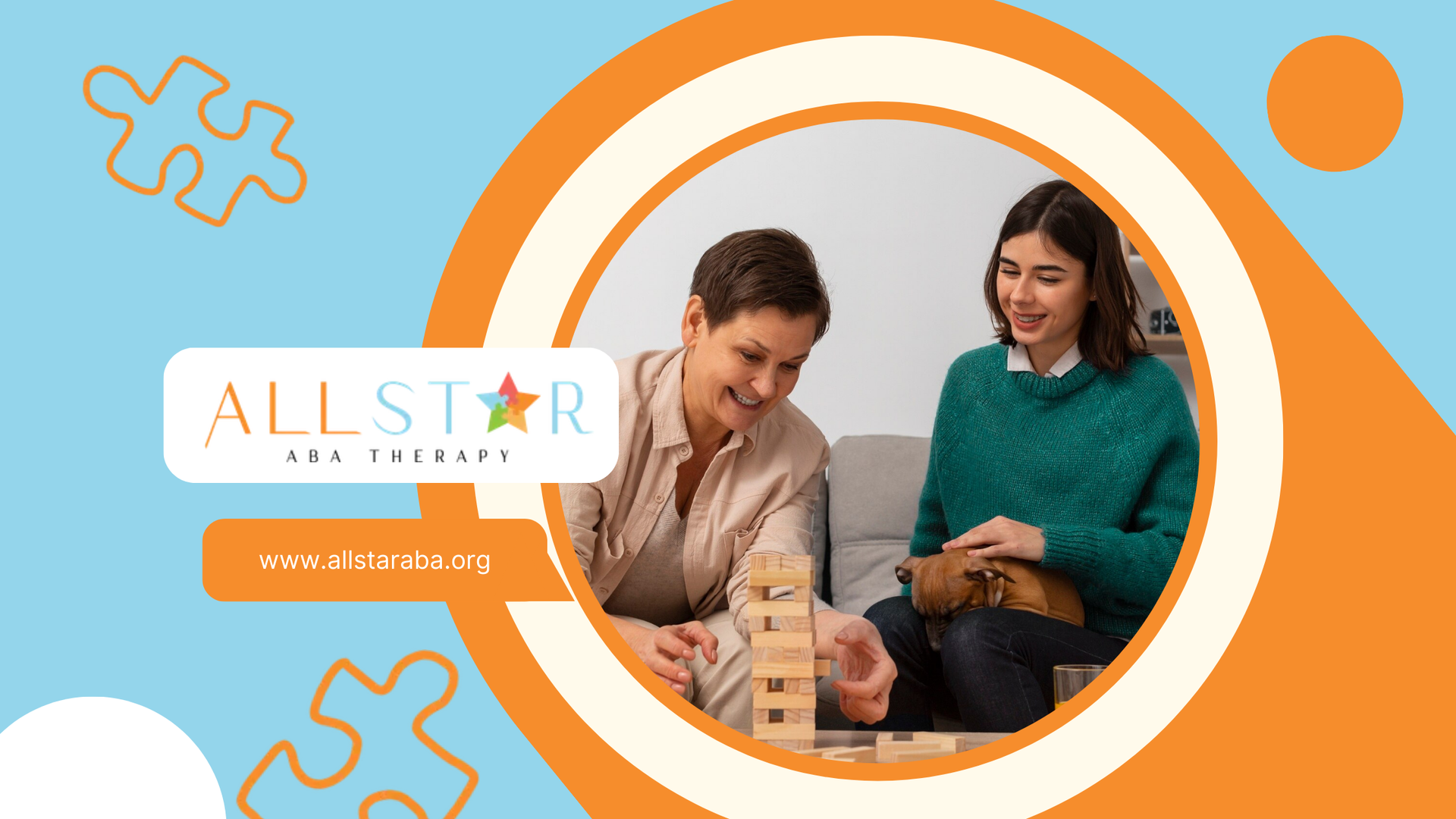New Paragraph
Exploring Autism Diagnosis Criteria
Getting to Grips with Autism Levels
Understanding autism isn't just for doctors. Parents, teachers, and anyone working with autistic individuals need to get it too. Autism is a spectrum, meaning it shows up in different ways and with different needs.
What's the Deal with Diagnosing Autism?
The American Psychiatric Association's DSM-5 is the go-to guide for diagnosing Autism Spectrum Disorder (ASD). To get an ASD diagnosis, someone needs to have ongoing issues with social communication and interaction, plus repetitive behaviors. These signs have to show up early in life and mess with daily functioning.
The DSM-5 treats autism as a spectrum, including conditions like Asperger's syndrome. Some kids show signs early, while others might not get diagnosed until they're older. Plus, it's possible to have ASD along with other conditions like ADHD.
Breaking Down the DSM-5 Criteria for Autism
Here's what the DSM-5 says you need to look for to diagnose Autism Spectrum Disorder:
- Social Communication Issues: Trouble with back-and-forth conversations, nonverbal cues, and making friends.
- Repetitive Behaviors: Doing the same things over and over, having very specific interests, or sticking to routines.
- Early Signs: These symptoms need to show up when the person is young.
- Daily Life Impact: The symptoms have to make life harder in social, work, or other important areas.
Here's a quick look at the DSM-5 criteria:
| Criteria Component | Description |
|---|---|
| Social Communication Issues | Trouble with conversations, nonverbal cues, and relationships |
| Repetitive Behaviors | Doing the same things repeatedly, specific interests, or strict routines |
| Early Signs | Symptoms show up early in life |
| Daily Life Impact | Symptoms make daily life harder |
Autism diagnosis has come a long way. It's not just one thing anymore; it's a spectrum with different levels of severity and functioning. Knowing this helps tailor support and interventions, which is super important for anyone involved with autistic individuals. Check out more about autism spectrum disorder levels.
Repetitive Behaviors in Autism
Repetitive behaviors are a hallmark of autism spectrum disorder (ASD). These actions can vary greatly among individuals and can significantly impact daily life and social interactions.
Types of Repetitive Behaviors
Repetitive behaviors in autism fall into two main categories: lower-order and higher-order behaviors.
| Purpose | What's Going On |
|---|---|
| Easing Anxiety | Stimming can chill someone out during stressful times. |
| Sensory Fun | These actions give sensory feedback, like a mini sensory party. |
| Handling Overload | Helps manage sensory overload or crazy environments. |
| Showing Emotions | A way to express big feelings or thoughts. |
| Easing Discomfort | Some stims can make physical discomfort less annoying. |
Stimming as a Coping Tool
Stimming is often seen as a way to self-regulate. Many autistic adults say these repetitive actions help them calm down or show intense emotions, acting as handy coping tools.
Some stims are barely noticeable, while others can be pretty obvious or even disruptive. In some cases, they might lead to self-harm, like head banging or scratching too much. But stimming isn’t just an autism thing; lots of people do similar stuff, like tapping a foot, biting nails, or drumming fingers.
Getting why stimming happens in autism is super important for helping folks manage their behaviors in a positive way. For more info on autism levels, check out autism spectrum disorder levels and high-functioning autism characteristics.
Tools for Autism Diagnosis
Getting a spot-on diagnosis for Autism Spectrum Disorder (ASD) is key to providing the right help and support. Various tools are used to assess autism, making sure each person is evaluated based on their unique traits and behaviors.
DSM-5 and M-CHAT
The Diagnostic and Statistical Manual of Mental Disorders, Fifth Edition (DSM-5), is the go-to guide for diagnosing Autism Spectrum Disorders. It zeroes in on ongoing issues with social communication and interaction, along with repetitive behaviors. The DSM-5 lays out clear criteria for diagnosing ASD, making sure doctors and specialists are on the same page.
The Modified Checklist for Autism in Toddlers (M-CHAT) is another must-have tool, used worldwide to screen kids aged 16 to 30 months for ASD. The M-CHAT has 23 "yes/no" questions covering different developmental areas. It includes a chat with parents to clear up any answers, cutting down on false positives.
| Tool | Age Range | Description |
|---|---|---|
| DSM-5 | All ages | Standard criteria for autism diagnosis. |
| M-CHAT | 16-30 months | 23-item screening tool for early detection. |
The updated version, M-CHAT-R/F, is a two-step screener that’s shown to be pretty accurate for spotting autism and other developmental issues. It's a great tool for early screening.
Autism Diagnostic Interview-Revised (ADI-R)
The Autism Diagnostic Interview-Revised (ADI-R) is a detailed tool used in diagnosing autism. It’s a semi-structured interview with caregivers to gather info about current and past behaviors linked to autism. This tool works for individuals with a mental age of at least 2 years and has proven reliable for classifying autism.
The ADI-R covers several areas, including:
| Domain | Description |
|---|---|
| Social Interaction | Looks at the quality of social engagement. |
| Communication | Checks verbal and nonverbal communication skills. |
| Restricted and Repetitive Behaviors | Identifies patterns in behavior and interests. |
Using the DSM-5, M-CHAT, and ADI-R together gives a solid framework for diagnosing autism, ensuring that individuals get the right support and interventions based on their needs. For more details on autism spectrum disorder levels, check out our article on autism spectrum disorder levels.
Autism: Spotting It Early and Why It Matters
Getting a grip on how common autism is and why catching it early is a big deal for parents, teachers, and anyone working with kids on the spectrum.
Autism Diagnosis Rates
Autism diagnoses have been climbing over the years. Back in 2010, about 1 in 132 people worldwide had autism, which is roughly 52 million folks. Fast forward to 2016, and in the USA, the rate jumped to 1 in 54 kids diagnosed with Autism Spectrum Disorder (ASD).
| Year | Prevalence Rate | Ratio of Diagnosed Individuals |
|---|---|---|
| 2010 | 7.6 per 1,000 | 1 in 132 |
| 2016 | N/A | 1 in 54 |
This rise in numbers shows just how important it is for families and professionals to know the signs and criteria for diagnosing autism.
Why Early Intervention Rocks
Spotting ASD early and getting kids evaluated is a big public health goal. Studies show that signs of ASD can show up in kids as young as 6 to 12 months. Catching it early means you can start interventions sooner, which can really boost a child's development, help them learn new skills, and get them the right support.
Here’s why early intervention is a game-changer:
- Better social skills
- More independence as adults
- Saves money in the long run
- Helps families function better
- Less need for intense interventions and special education
Programs like Early and Intensive Behavioral Intervention (EIBI) have shown great results, especially for toddlers with ASD. These programs can even affect brain development, making it clear that personalized approaches are key to helping kids on the spectrum.
Want to dive deeper into autism spectrum disorder levels? Check out our article on autism spectrum disorder levels. Knowing the diagnosis rates and the perks of early intervention can help families and professionals give kids with ASD the best support possible.
Sensory Issues in Autism
Sensory issues are a big part of autism, affecting daily life for those with Autism Spectrum Disorder (ASD). Getting a handle on these sensory challenges is key for parents, family members, and teachers.
Sensory Reactivity
Sensory reactivity is all about how people react to the stuff around them. Folks with autism can be super sensitive (hyper-sensitive) or not sensitive enough (hypo-sensitive) to things like sounds, lights, textures, and tastes. These reactions can cause a lot of discomfort or even pain.
| Type of Sensory Reactivity | Description |
|---|---|
| Hypo-sensitivity | Not noticing things that others do, like sounds or touches. |
| Hyper-sensitivity | Feeling overwhelmed or in pain from things that others find normal. |
Since Kanner's observations in the 1940s, we've known that sensory issues are a big deal in autism. Over 90% of kids with autism show some kind of sensory reactivity, though we don't have solid studies to back up that number. Sensory issues aren't just an autism thing; they pop up in other conditions like sensory processing disorder (SPD), attention deficit disorder (ADD), and intellectual impairments.
Impact on Individuals
Sensory challenges can really mess with daily life for people with autism. Take a kid who's super sensitive to noise—they might get anxious or upset in loud places, making it tough to hang out with friends or focus on school. On the flip side, a kid who's not sensitive enough might not notice dangerous stuff, leading to risky behavior.
These sensory issues can cause behavior problems and might need to be part of a bigger treatment plan. Some studies say adding sensory features to the DSM-5 definition of autism might not help school-age kids, teens, and adults. Knowing and dealing with sensory reactivity is crucial for creating supportive spaces where people with autism can learn and socialize better.
Understanding these sensory issues is a big part of getting the whole picture of autism. For more info on the different levels of autism, check out our section on autism spectrum disorder levels.
How Autism Diagnosis Has Changed Over Time
Autism diagnosis has come a long way, especially with the DSM-5 (Diagnostic and Statistical Manual of Mental Disorders, Fifth Edition). This change shows how much we've learned about autism spectrum disorder (ASD) and its many forms.
The Big Shift to DSM-5
When the DSM-5 came out in 2013, it shook things up. Before, autism was split into different categories like Autistic Disorder, Asperger’s Disorder, and Pervasive Developmental Disorder-Not Otherwise Specified (PDD-NOS). The DSM-5 tossed those labels and put everything under one term: Autism Spectrum Disorder. This was done to make diagnosing autism clearer and more accurate.
Now, under the DSM-5, to get an autism diagnosis, a person has to show ongoing problems with social communication and interaction, plus have repetitive behaviors or very specific interests. These are seen as the main signs of autism, and they need to affect daily life. If you want to know more about the different levels of autism, check out our article on autism spectrum disorder levels.
Tweaks in DSM-5-TR
In 2021, the DSM-5-TR (Text Revision) came out with some updates to make things clearer. One big change was that for a diagnosis, the behaviors had to be "abnormal in intensity or focus" and cause "extreme distress".
The criteria also broke down repetitive behaviors into two types: lower-order and higher-order. Lower-order behaviors are things like fidgeting and hand-flapping. Higher-order behaviors include a strong need for routine and intense interests. This helps doctors and caregivers better understand how autism shows up in different people.
Knowing these changes is super important for parents, family members, and professionals who work with people with autism. These updates aim to make sure diagnoses are spot-on and that people get the right support. For more info on autism symptoms and traits, check out our articles on
mild autism symptoms and
high-functioning autism characteristics.
Need Support?
We're Here to Help!
Our experienced team is ready to assist you. Reach out today to discuss how we can support your child's development and well-being.
Get started with expert ABA therapy today.
Related posts

All Star ABA delivers the gold standard of care, Applied Behavioral Analysis (ABA) therapy, for individuals diagnosed with ASD, from infancy to age 21.
Quick Links
All Rights Reserved | All Star ABA







